
Image: Shutterstock
Are you anxiously waiting for your baby to arrive, but they still want to stay put? If your baby is long overdue and you haven’t been in labor yet, it can be worrisome for you. There are many ways to naturally induce labor that your doctor may advise. This is especially when they believe that speeding up the labor process will be beneficial for you and your baby.
Many ancient medical practices have proved to be immensely beneficial in treating a variety of health problems. While western medicine has aggressively taken over these traditional practices, both anecdotal and scientific evidence suggests that the latter can successfully induce labor and help in coping with labor pains. Wondering how? There happens to be certain acupressure massage points that can help induce labor in pregnant women, re-start stalling labor, and even ease out the childbirth process (1).
When Will A Doctor Induce Labor?
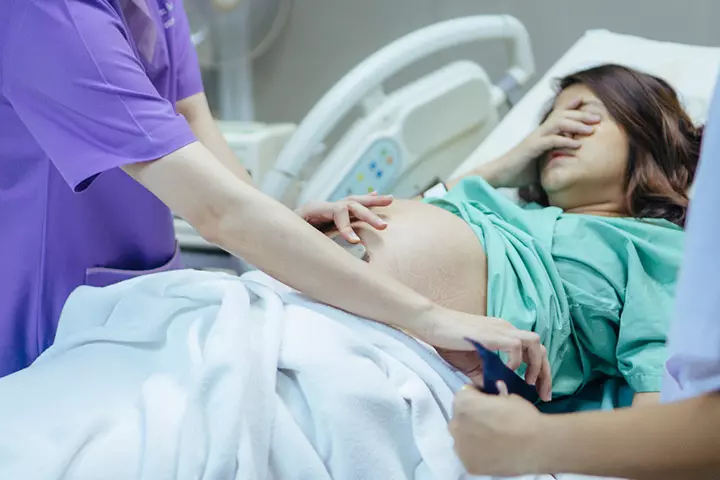
Image: IStock
Before discussing the acupressure techniques that help induce labor in pregnant women, it is essential to know the conditions when your doctor may suggest labor-inducing treatments. Here are a few you should make a note of :
- Your water broke, but labor hasn’t started yet
- It has been two weeks since your due date, and you’ve not gone into labor naturally.
- You are diabetic.
- You suffer from high blood pressure.
- The volume of amniotic fluid surrounding your baby is low.
- You are overweight or obese.
What Is Acupressure?
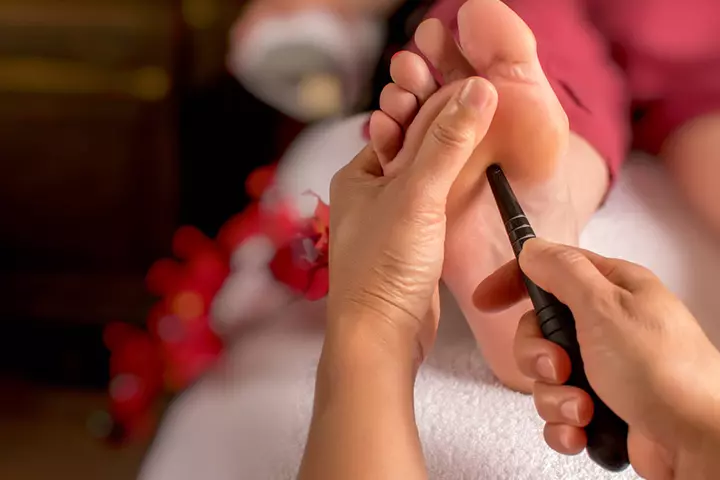
Image: Shutterstock
Acupuncture is a traditional Chinese practice of puncturing the skin with needles in some regions of the body that are believed to be in control of specific organs. Acupressure, on the other hand, is a lesser-known component of acupuncture. The whole idea of these ancient Chinese practices is to relieve pain and prevent physical ailments. In short, they are believed to be holistic therapies for wellness and good health.
How Is Acupressure Useful In Inducing Labor?
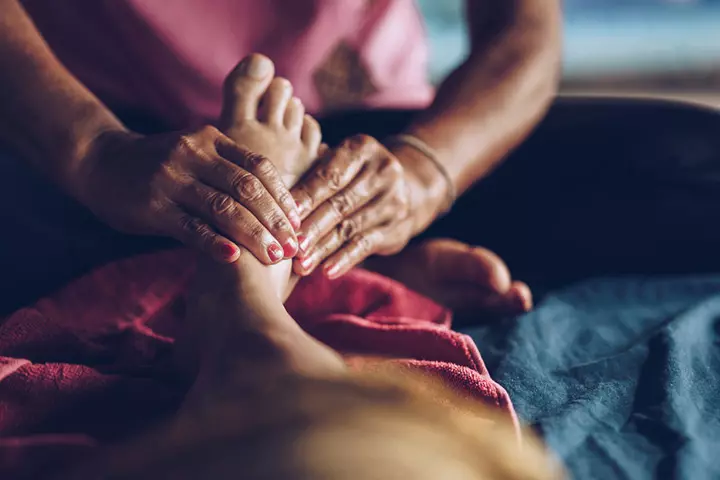
Image: IStock
In acupressure, physical pressure is applied to specific points along the body’s energy network. This is said to be the path through which life energy traverses in the physical body. Chinese medical practitioners have long believed that blocked energy can cause illnesses. So, the goal of acupressure is to move blocked energy around the body (called “qi”), that is, to encourage its flow and bring it back to its original balance (2). While acupressure has been used as an independent treatment for many physical ailments, many use it alongside modern medical interventions. As a matter of fact, several studies have shown that acupressure can reduce labor length and alleviate pain during labor (1), (3).
A Word Of Caution: Pregnant women need to consult their doctor before incorporating any of the acupressure treatments mentioned below. Since acupressure can raise blood flow to the uterus and trigger hormonal responses along with uterine contractions, proceed with caution. Also, make sure that you never practice this on yourself and only seek the help of a professional.
The Acupressure Points For Inducing Labor
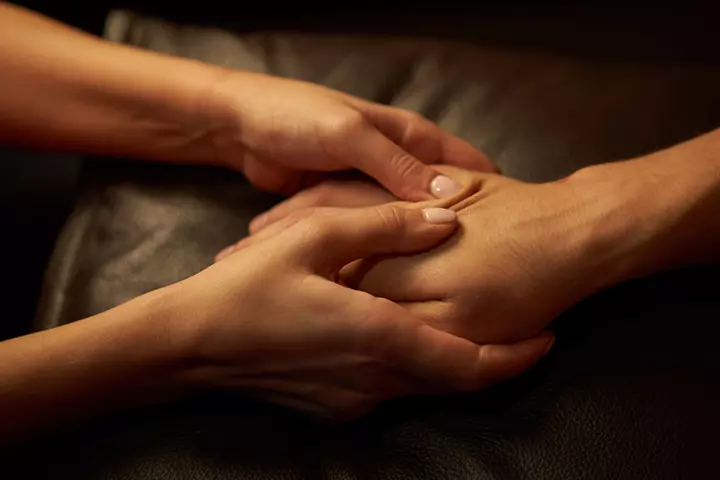
Image: Shutterstock
On the recommendation of your doctor, acupressure treatments should ideally start at least three days before medical induction. With the application of deep, firm pressures around six important acupressure points, labor can be induced in a pregnant woman (4). These are as follows:
1. Spleen 6 Point (SP 6)
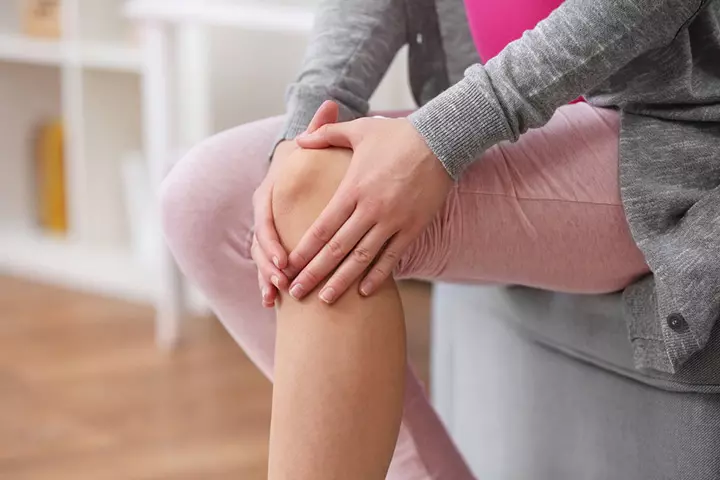
Image: Shutterstock
Also known as Sanyinjiao, or intersection of the three yins, this point is versatile for treating many physical ailments. It is located above the ankle and behind the lower calf. The distance of this acupressure point is around four finger widths. Pressure is applied using the index finger on this point for a few seconds. This is repeated a few times after a minute’s break between each session (5).
2. Bladder 60 Point (Bl 60)
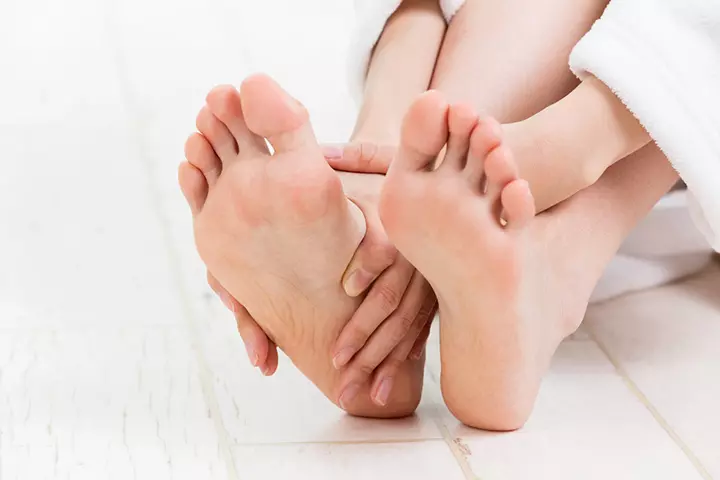
Image: Shutterstock
This point is located on the back of your foot, between the Achilles tendon and the ankle. Lying a few inches below SP6, it is also known as Kunlun, a mountain range in Asia. Acupressure is applied here with the thumb. With light pressure, the area is gently massaged for a few minutes (6).
3. Pericardium 8 Point (PC 8)

Image: Shutterstock
This energy point is named Laogong, which essentially means “labor palace”. As the name suggests, it is very effective in labor induction in pregnant women. PC8 is located in the center of your palm. To find this point, try making a fist. The point where the tip of your middle finger comes in contact with the palm is the location of PC8. To trigger this pressure point, the other hand’s thumb is gently massaged against it (4).
4. Bladder 67 Point (BL 67)
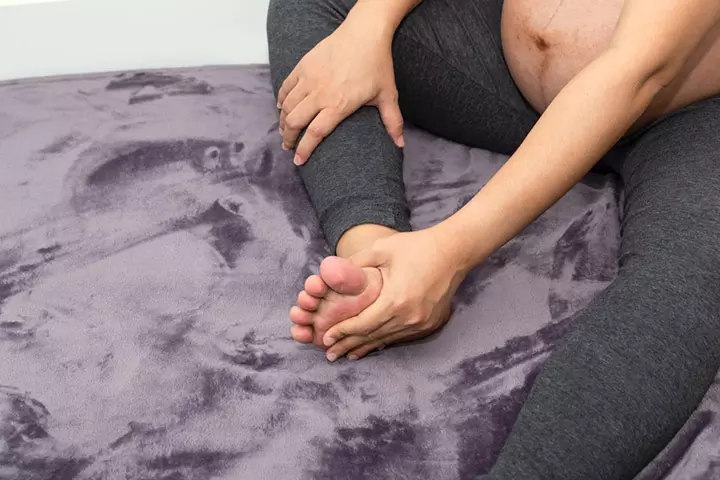
This pressure point is located towards the outer edge of the little toe. Also known to be the Zhiyin point which means “reaching yin”, acupressure in this area triggers uterine contractions. Firm pressure is applied here with the thumb and index finger. This is similar to how pinching the little toe would feel.
5. Large Intestine 4 Point (LI 4)

Image: Shutterstock
Also known as Hegu, which means “joining valley”, this energy point is located behind the hand, where the thumb and pointer finger webbing happens. Along with inducing labor, massaging this acupressure point is believed to improve immunity and relieve pain. This point is lightly rubbed with the thumb for a minute. This process is repeated a few times within a minute’s interval between each session (7).
6. Bladder 32 Point (BL 32)
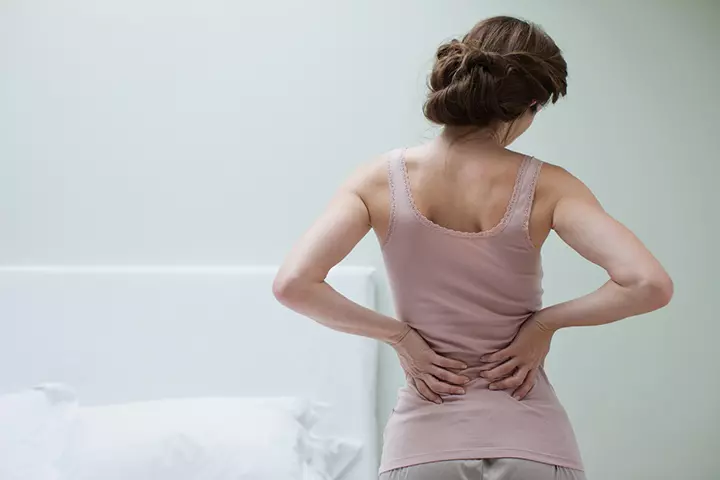
Image: IStock
Also called Ciliao, which means “second crevice”, this point is located in the dimple of your buttocks. You can find this point by running your fingers down your spine, right above the groove between the buttocks. This point is known to bring relief from many gynecological issues. Pressing firmly on this point for a few minutes can trigger birthing in women and encourage efficient uterine contractions (8).
Ancient cultural practices in medicine can be helpful alternatives to drugs and modern techniques. While the effectiveness of either of these ancient practices has been a matter of controversy, a few studies show its usefulness in reducing labor pain and anxiety. But before you begin acupressure therapy, it would be a good idea to consult your health practitioner. It would be useful to know that no negative impact(s) has been recorded due to acupressure treatments on the mother or baby under the supervision of a doctor and certified acupuncturist (9). Did your doctor advise acupressure to induce your labor? What are your thoughts on this? Do share with us in the comments below!
References
- Acupressure to reduce labor pain: a randomized controlled trial
https://obgyn.onlinelibrary.wiley.com/doi/full/10.3109/00016349.2010.514323 - Effects of Massage and Acupressure on Relieving Labor Pain, Reducing Labor Time, and Increasing Delivery Satisfaction
https://journals.lww.com/jnr-twna/Fulltext/2020/02000/Effects_of_Massage_and_Acupressure_on_Relieving.10.aspx - Impact of acupressure on onset of labour and labour duration: A systematic review
https://www.sciencedirect.com/science/article/abs/pii/S1871519215000438?via%3Dihub - Acupuncture and related procedures
https://www.sciencedirect.com/topics/medicine-and-dentistry/meridian-system - Effects of SP6 Acupuncture Point Stimulation on Labor Pain and Duration of Labor
https://www.ncbi.nlm.nih.gov/pmc/articles/PMC4270652/ - The effect of acupressure on the initiation of labor: A randomized controlled trial
https://pubmed.ncbi.nlm.nih.gov/27444642/ - The Effect of LI4 Acupressure on Labor Pain Intensity and Duration of Labor: A Randomized Controlled Trial
https://www.ncbi.nlm.nih.gov/pmc/articles/PMC4289495/ - Effect of LI4 and BL32 acupressure on labor pain and delivery outcome in the first stage of labor in primiparous women: A randomized controlled trial
https://pubmed.ncbi.nlm.nih.gov/27912944/ - Effects of acupressure on the childbirth satisfaction and experience of birth: A randomized controlled trial
https://pubmed.ncbi.nlm.nih.gov/31733754/
Community Experiences
Join the conversation and become a part of our nurturing community! Share your stories, experiences, and insights to connect with fellow parents.












